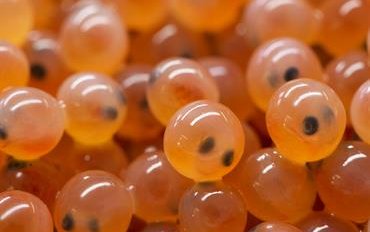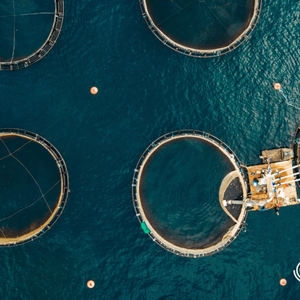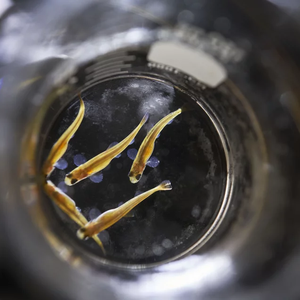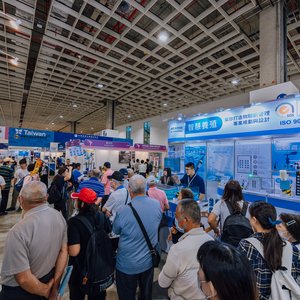Along with members of ICES Working Group on Application of Genetics in Fisheries and Aquaculture, Pierre Boudry, Ifremer, France and Ross Houston, the Roslin Institute, UK, recently published a review of the current status and potential of genomic selection to improve selective breeding in the main aquaculture species of ICES member countries. Here, they explain genomic selection.
Selective breeding is playing an ever-increasing role in aquaculture, contributing to improving its sustainability and benefits to a healthy seafood supply. From domestication of novel species to sophisticated breeding programs of well-established ones, the production of aquatic species now benefits from advances in DNA technology to better known aquatic biodiversity and understand processes that shape it through natural or artificial selection.
Genomic selection (GS) aims to better predict the breeding value of individuals based on their genotype at a large number of markers spread over their genome. A prediction equation is first established in a training population, in which individuals are phenotyped (i.e. measured for target traits) and genotyped. Once a prediction equation is established, breeding candidates can then be selected on the basis of their estimated genomic value, with or without phenotype records on those individuals. GS is of particular relevance in the case of lethal traits for which phenotypes must be recorded on relatives of the candidate breeders (e.g. disease resistance, stress tolerance, fillet quality, etc.). DNA markers provide a more precise picture of the genetic similarity between breeding candidates and related individuals, allowing better identification of the best candidates within each family under selection. GS requires the availability of genome-wide Single Nucleotide Polymorphism (SNP) datasets commonly recorded using commercially-available genotyping arrays comprising thousands of makers.
First developed and widely used in terrestrial farmed plants and animals, GS is now implemented in an increasing number of aquatic species for which genotyping arrays are available. The use of GS is especially beneficial for aquaculture species where family sizes can be very large, as it can significantly increase the accuracy of the within-family selection. Interestingly, traditional pedigree is strictly not needed for GS, because the relationships between individuals are calculated based on their genotypes. As a result, families do not have to be kept separately until tagging as in the traditional breeding programs, which is relevant especially for species that reproduce in groups and for which initial physical family separation is challenging or impossible. In numerous aquaculture breeding programs, kinship information is now already reconstructed through microsatellite and/or SNP genotyping. The infrastructure for DNA collection and individual tagging is therefore already available in such programs for implementation of GS without major operational changes.
Genotyping costs remain an important limitation for implementing GS in aquaculture, but there are several possible ways to reduce them. Within-family GS can utilize large family sizes while using much lower numbers of markers per individual. Genotype imputation is another promising approach that involves genotyping of key individuals (e.g. parents) at high density, and most individuals (e.g. reference populations and selection candidates) at low density, then imputing these individuals to high density. Rapid developments in genomics now allow for the incorporation of functional genomic information into genomic prediction, including the potential use of intermediate phenotypes such as gene expression or DNA methylation, which may further improve prediction accuracy.
The power of GS to dramatically increase genetic gain, while simultaneously offering improved control of inbreeding, means that its potential is now widely recognized and much research is underway. In order to illustrate the variety of the level of implementation of GS among species of interest for aquaculture in ICES member countries, the current status and developments of GS was reviewed by the Working Group on Application of Genetics in Fisheries and Aquaculture (WGAGFA), in species for which GS is now routine or will soon be (such as Atlantic salmon, rainbow trout and American catfish) and in others for which GS is under development (such as Pacific oyster, European sea bass, gilthead sea bream and Atlantic cod). Read the full paper here.













